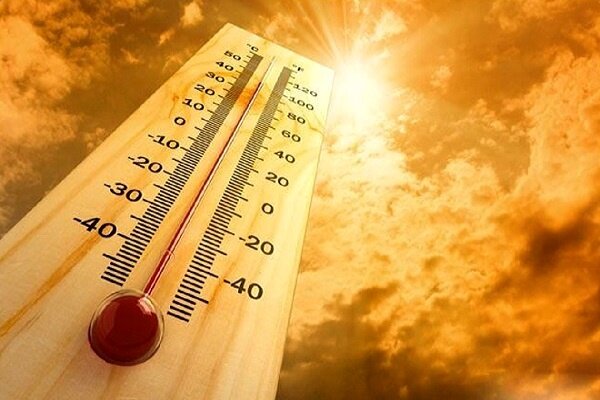'El Niño', 'La Niña' affecting air temperature in Iran: official

TEHRAN - El Niño and La Niña phenomena are among the most important factors affecting the air temperature of many countries in the world, including Iran, Ahad Vazifeh, the head of the national center for drought and crisis management, has said.
'El Niño' or “the boy” is widely used to describe the warming of sea surface temperature that occurs every few years, typically concentrated in the central-east equatorial Pacific.
'La Niña' or "the girl" is the term adopted for the opposite side of the fluctuation, which sees episodes of cooler than average sea surface temperature in the equatorial Pacific.
Of course, other factors also affect the decrease or increase of the average air temperature in the world, but the change of temperature in the Pacific Ocean is both highly predictable and has a very large scale compared to other indices, he added.
“For this reason, it is one of the most important indicators used for numerical modeling in seasonal forecasts.”
It is expected that in the coming months, the temperature changes of the Pacific Ocean will pass the neutral phase and enter the El Niño phase, or the warm phase, and this change will reach its maximum positive temperature anomaly this winter, Vazifeh explained.
“As much as the El Niño phase is stronger this year, the average winter temperature of this year in many countries, including in Iran, will record higher figures than normal conditions.”
“In 2016, when a very strong El Niño occurred, the temperature in different parts of the world recorded very high figures, and 2016 was the hottest year among all the years that the temperature of the earth has been measured and recorded,” Vazifeh noted.
Iran has a dry and semi-arid climate and has an annual rainfall of 250 mm, which is about one-third of the global average.
The average rainfall of the country has been decreasing over time so the average rainfall of the country for 53 years was about 250 mm, but the average of the last 13 years has decreased to 232 mm.
Over the previous water year which began on September 23, 2021, the rainfall decreased by about 24 percent compared to the long-term average, which marked another year of low rainfall for Iran.
As the newly extracted statistics show, a total of 180.4 mm of rain has poured in the country over the past water year, which shows a decline of 23.9 mm compared to the long-term average of 237.1 mm.
The last water year marked the year of low rainfall for the country, causing the continuation of dry years.
The summer season shows an increase of 19.7 mm in rainfall, which is accompanied by a growth of 71.3 mm compared to the long-term period when the amount of rainfall was 11.5 mm.
The national center for drought and crisis management has forecasted the summer this year will be warmer than normal in the country.
In the northern and eastern provinces of the country, the rainfall is insufficient, and even the relatively normal rainfall of the remaining days of the current water year cannot compensate for the lack of rainfall, ISNA quoted Vazifeh as saying.
The month of Ordibehesht (April 21-May 21) is the most important period in the spring season to receive rainfall in the country and is very important, he stressed.
“For example, in the month of Farvardin (March 21-April 20), usually 35 millimeters of rain is recorded in the country, but in Ordibehesht, the rainfall amounts to about 20 mm. So, the rainfall in Ordibehesht is almost twice as much as in Farvardin.”
“Since the beginning of Farvardin, we have had an average of 25 mm of rain, while during this time period, we should have normally received 38 mm of rain in the long term,” he said.
Therefore, about 33 percent of rainfall has decreased compared to the long term, Vazifeh noted.
MG
